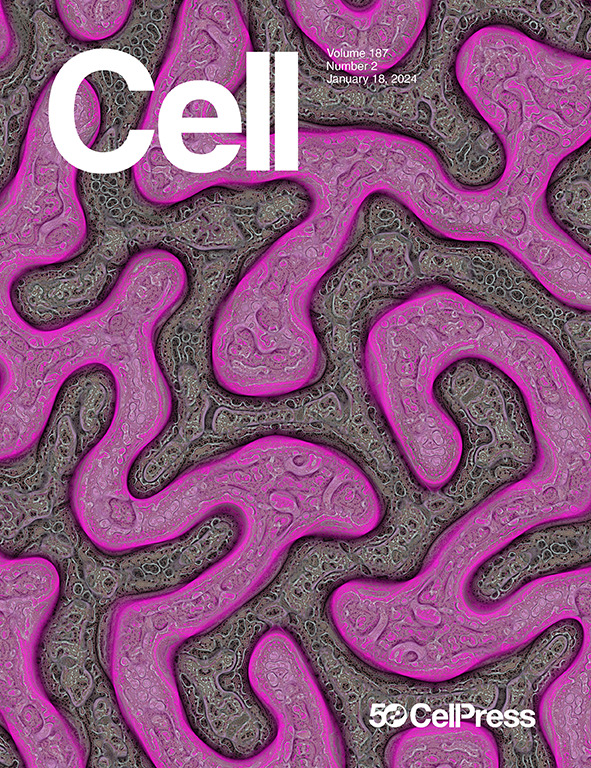Advances in the study and treatment of genetic cardiomyopathies
IF 45.5
1区 生物学
Q1 BIOCHEMISTRY & MOLECULAR BIOLOGY
引用次数: 0
Abstract
Cardiomyopathies are primary disorders of the heart muscle. Three key phenotypes have been defined, based on morphology and arrhythmia burden: hypertrophic cardiomyopathy (HCM), with thickened heart muscle and diastolic dysfunction; dilated cardiomyopathy (DCM), with left ventricular enlargement and systolic dysfunction; and arrhythmogenic cardiomyopathy (ACM), with right, left, or biventricular involvement and arrhythmias out of proportion to systolic dysfunction. Genetic discoveries of the molecular basis of disease are paving the way for greater precision in diagnosis and management and revealing mechanisms that account for distinguishing clinical features. This deeper understanding has propelled the development of new treatments for cardiomyopathies: disease-specific, mechanistically based medicines that counteract pathophysiology, and emergent gene therapies that aim to intercept disease progression and restore cardiac physiology. Together, these discoveries have advanced fundamental insights into cardiac biology and herald a new era for patients with cardiomyopathy.求助全文
约1分钟内获得全文
求助全文
来源期刊

Cell
生物-生化与分子生物学
CiteScore
110.00
自引率
0.80%
发文量
396
审稿时长
2 months
期刊介绍:
Cells is an international, peer-reviewed, open access journal that focuses on cell biology, molecular biology, and biophysics. It is affiliated with several societies, including the Spanish Society for Biochemistry and Molecular Biology (SEBBM), Nordic Autophagy Society (NAS), Spanish Society of Hematology and Hemotherapy (SEHH), and Society for Regenerative Medicine (Russian Federation) (RPO).
The journal publishes research findings of significant importance in various areas of experimental biology, such as cell biology, molecular biology, neuroscience, immunology, virology, microbiology, cancer, human genetics, systems biology, signaling, and disease mechanisms and therapeutics. The primary criterion for considering papers is whether the results contribute to significant conceptual advances or raise thought-provoking questions and hypotheses related to interesting and important biological inquiries.
In addition to primary research articles presented in four formats, Cells also features review and opinion articles in its "leading edge" section, discussing recent research advancements and topics of interest to its wide readership.
 求助内容:
求助内容: 应助结果提醒方式:
应助结果提醒方式:


